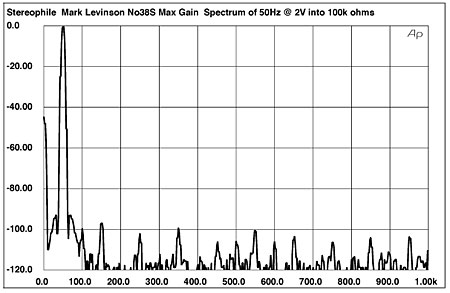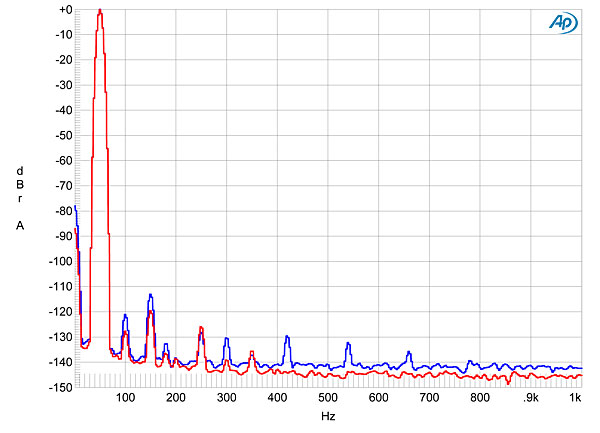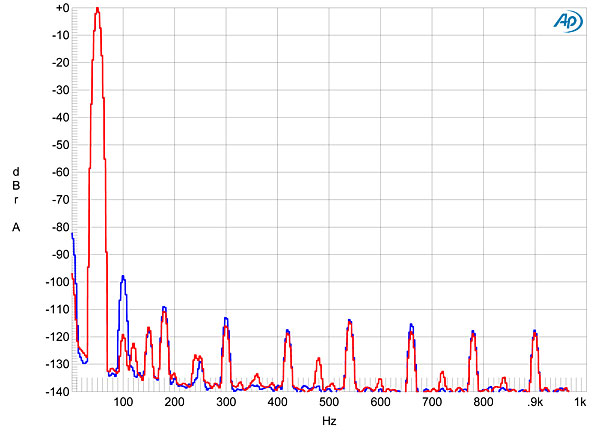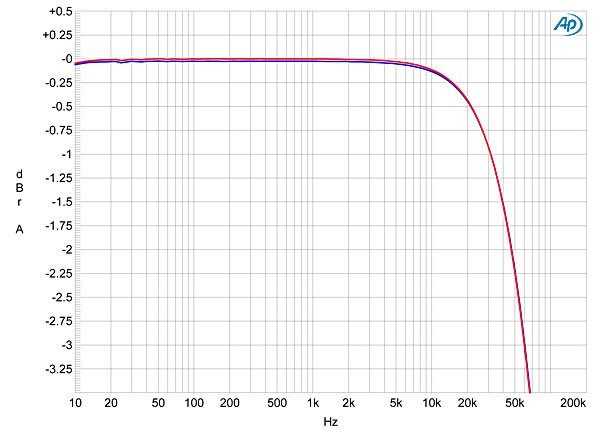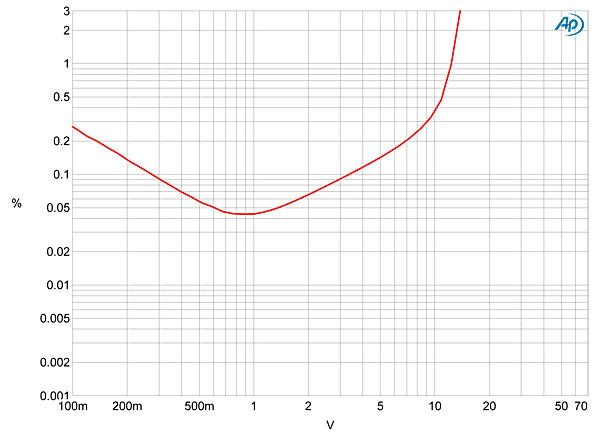I'm in the market for a new preamp and I'm trying to get an understanding of the following specs and how to compare them between devices. Signal to noise ratio or SNR, Total harmonic distortion plus noise or THD+N, Dynamic Range and impedance. I think I get impedance, both input and output but not sure if I'm understanding how to compare. Here are specs provided in different formats which makes it even more difficult to compare. The first two are preamps and the third is an amp. In addition to understanding how to interpret the specs, any opinions of them as they relate to the device is appreciated.
I've listed the specs as they're stated by the vendor.
Preamp #1
Noise: less than -100dBv at max volume
THD+Noise: Less than .007% at 2V RMS BAL output
Dynamic Range: 122dB
Input Impedance: 100k ohms balanced, 50k ohms single ended
Output Impedance: 600 ohms balanced, 300 ohms single ended, 20k ohms minimum load and 2000pF maximum capacitance
Preamp #2
The noise floor with a 0.5 mV cartridge playing a reference level is about 70db. It, and the THD is a bit variable due to the tubes themselves. THD is usually no more than about 0.05% at full output which is about 20 volts.
Line stage input impedance: 200 Kohm balanced, 100Kohm single ended
Output imprdance: 250 Ohms from 2Hz to 400KHz
Phono stage input impedance: 47 K ohms adjustable
My amplifier - Benchmark AHB2
1kHz <0.0003% THD+N
THD+N: 1kHz, 80kHz LPF, <-118dB (<0.00013%)
THD: 1kHz, 20kHz LPF, <-119dB (<0.00011%)
SNR & Dynamic Range: 132 dB A-weighted, 130dB unweighted, 20 Hz to 20kHz
Input Impedance: 1M Ohm common mode, 50 k Ohms normal mode
I've listed the specs as they're stated by the vendor.
Preamp #1
Noise: less than -100dBv at max volume
THD+Noise: Less than .007% at 2V RMS BAL output
Dynamic Range: 122dB
Input Impedance: 100k ohms balanced, 50k ohms single ended
Output Impedance: 600 ohms balanced, 300 ohms single ended, 20k ohms minimum load and 2000pF maximum capacitance
Preamp #2
The noise floor with a 0.5 mV cartridge playing a reference level is about 70db. It, and the THD is a bit variable due to the tubes themselves. THD is usually no more than about 0.05% at full output which is about 20 volts.
Line stage input impedance: 200 Kohm balanced, 100Kohm single ended
Output imprdance: 250 Ohms from 2Hz to 400KHz
Phono stage input impedance: 47 K ohms adjustable
My amplifier - Benchmark AHB2
1kHz <0.0003% THD+N
THD+N: 1kHz, 80kHz LPF, <-118dB (<0.00013%)
THD: 1kHz, 20kHz LPF, <-119dB (<0.00011%)
SNR & Dynamic Range: 132 dB A-weighted, 130dB unweighted, 20 Hz to 20kHz
Input Impedance: 1M Ohm common mode, 50 k Ohms normal mode

